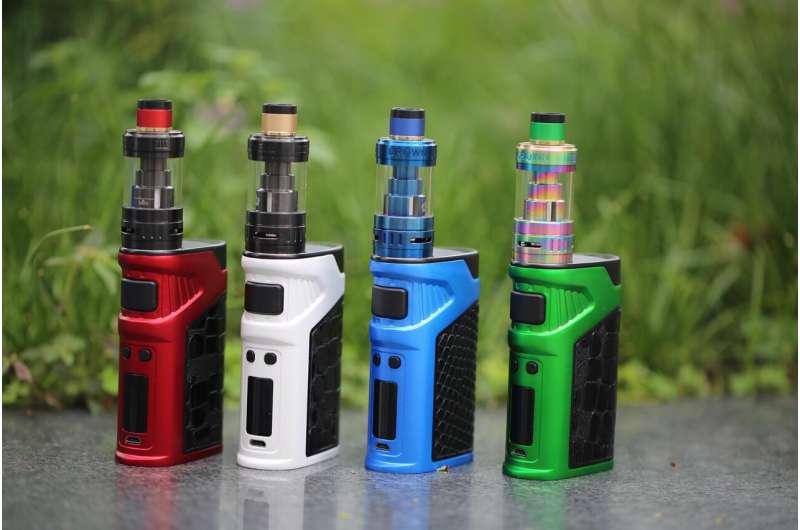
The popularity of flavored vaping products among young people has been a growing concern in recent years. Many campaigns to reduce the popularity of these products include banning non-tobacco flavors. These campaigns often fail to take into account that adult smokers who want to quit smoking cigarettes are using them, including the flavored products, as an alternative form of nicotine that has lower toxicant exposure. Researchers at the University of Minnesota are exploring whether changing the packaging of vaping products can reduce youth interest in them.
The study, published in Nicotine & Tobacco Research, sought to determine if removing the flavor image and color from vape packaging would make the product less appealing for middle-school aged young people. Researchers asked 176 young people to review different types of vape packaging and respond to questions measuring their risk perceptions, novelty perceptions, susceptibility and behavioral intentions.
The study found:
- There was no difference in risk perceptions based on which packaging participants viewed.
- However, novelty perceptions (e.g., how fun, cheap famvir online pharmacy without prescription interesting) and susceptibility to vaping were highest for participants who viewed the fruit-flavored vaping product with flavor color and flavor image.
- The participants who viewed the fruit-flavored vaping product with flavor color and flavor image reported higher novelty perceptions and susceptibility than those who viewed the fruit-flavored vaping product with no flavor color and no flavor image.
- The fruit flavored product with no flavor color and no flavor image appeared to reduce the appeal of this product among youth.
- Youth who reported lower risk perceptions and higher susceptibility had higher behavioral intention to vape in the next year.
“It is essential to develop regulatory and public health strategies that reduce youth interest in vaping,” stated Sherri Jean Katz, an assistant professor at the Hubbard School of Journalism and Mass Communication in the College of Liberal Arts who specializes in health communication. “This study suggests that we can reduce youth interest in these products by changing the packaging.”
Future research should test variations of flavor presentation among adult smokers to determine whether or not removing the fruit flavor color and image would influence their perceptions of these products and whether they still view them as alternatives to cigarettes. Additional research is also needed to test how marketing restrictions on vaping products would fit into the larger regulatory environment.
More information:
Sherri Jean Katz et al, Vaping Flavors and Flavor Representation: A Test of Youth Risk Perceptions, Novelty Perceptions, and Susceptibility, Nicotine & Tobacco Research (2022). DOI: 10.1093/ntr/ntac192
Journal information:
Nicotine & Tobacco Research
Source: Read Full Article
